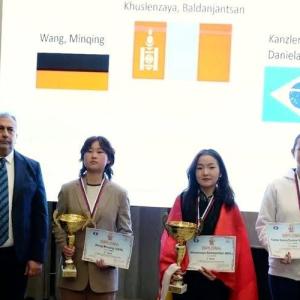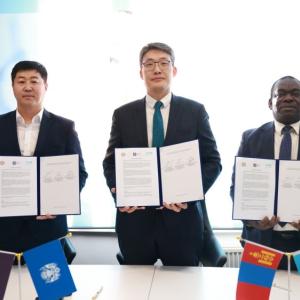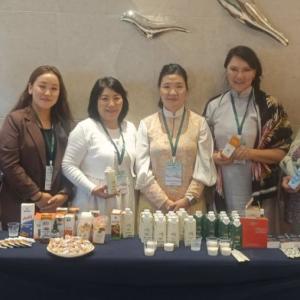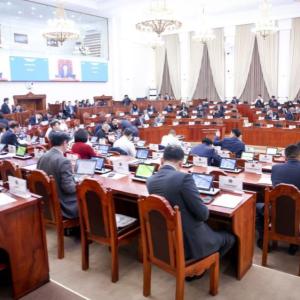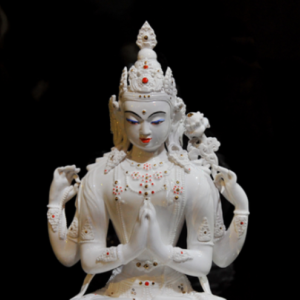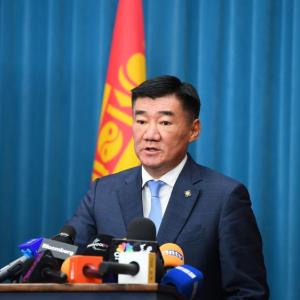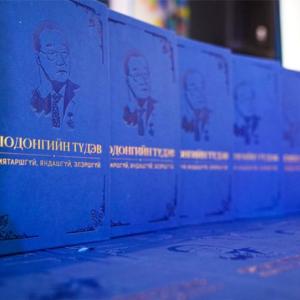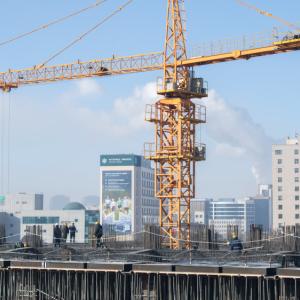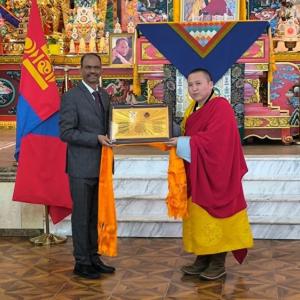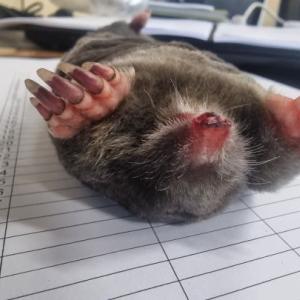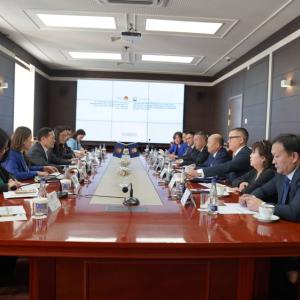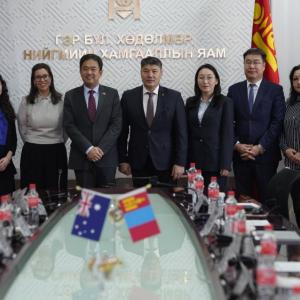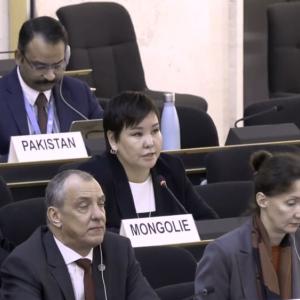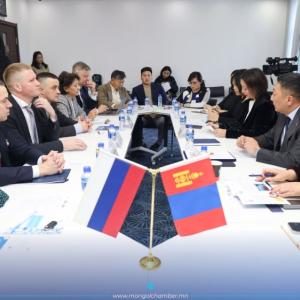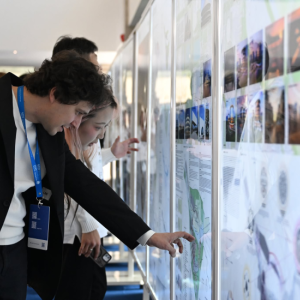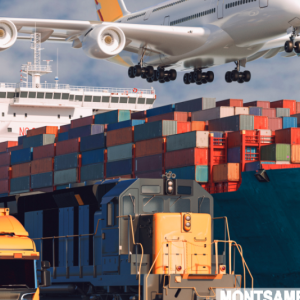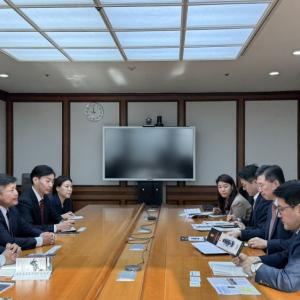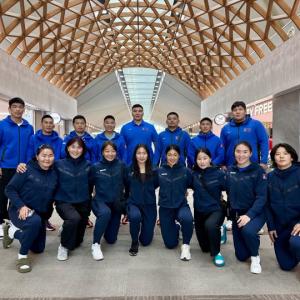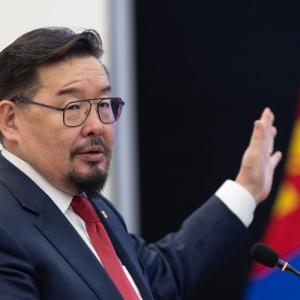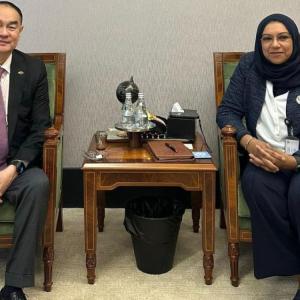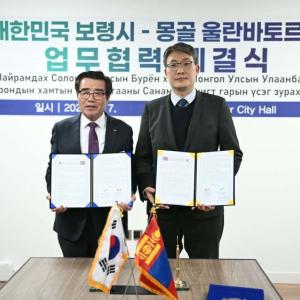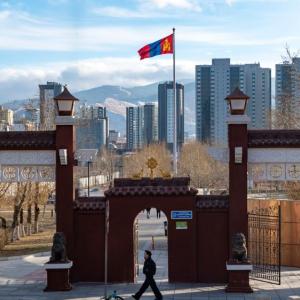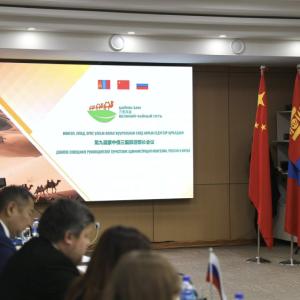Mongolian Arts Exhibited in Doha
Art & Culture
Ulaanbaatar, January 30, /MONTSAME/. The Mongolian Art Gallery and National Museum of Qatar organized a special exhibition, “On The Move,” in Doha, Qatar, from October 26, 2022, to January 14, 2023.
The exhibition reflects the nomadic culture and heritage of the Middle East, North Africa, and South Asia. It consists of a collection of more than 400 exhibits from the National Museum of Qatar, the Lusail Museum, the National Library of Qatar, other Qatari museums, the National Museum of Mongolia, the Mongolian Art Gallery, the Musee Quai Branly in Paris, and the Wein Welt Museum in Vienna.
The collection of the Mongolian art gallery, including “Taikhar Stone” by B. Chogsom, People’s Artist of Mongolia and France, State Honored Artist of Mongolia, “Projectionist” by L. Gavaa, State Prize Laureate, People’s Painter of Mongolian People’s Republic and State Honored Artist of Mongolia, “A Beautiful Time” by M. Tsembeldorj, State Prize Laureate, State Honored Artist of Mongolia, and “Spring of the Orkhon River” by Ts. Jamsran, the Award Winner of the Union of Mongolian Artists, was displayed in this exhibition.
It has historic importance
to introduce Mongolian nomadic culture, their unique lifestyle, and ideology to
the international audience of the FIFA World Cup. Over 72,000 people who came to
watch FIFA World Cup Qatar 2022 visited the exhibition.
The Mongolian Art Gallery and
the National Museum of Qatar exchanged views on further expanding foreign
cooperation. The director of the National Museum of Qatar, Mrs. Sheikha
Al-Mayassa bint Hamad bin Khalifa Al Thani, opened the exhibition and expressed
her gratitude to the Mongolian Art Gallery for participating in the exhibition
and bringing the Mongolian cultural heritage to the public in the National
Museum of Qatar.
The main purpose of this
exhibition is to study the life, history and culture of the nomadic people
through archeological finds, paintings, oral historical sources, archival
records, and modern photographs and bring them into academic circulation.
D. Amartuya
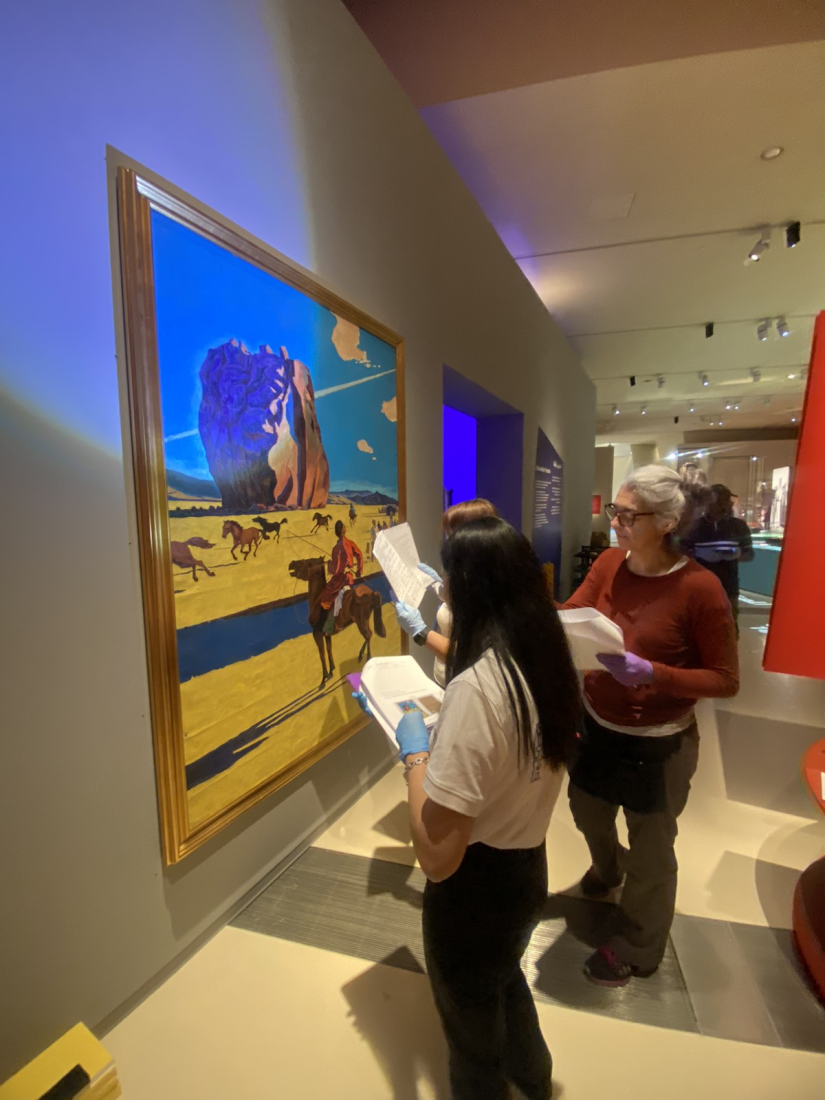



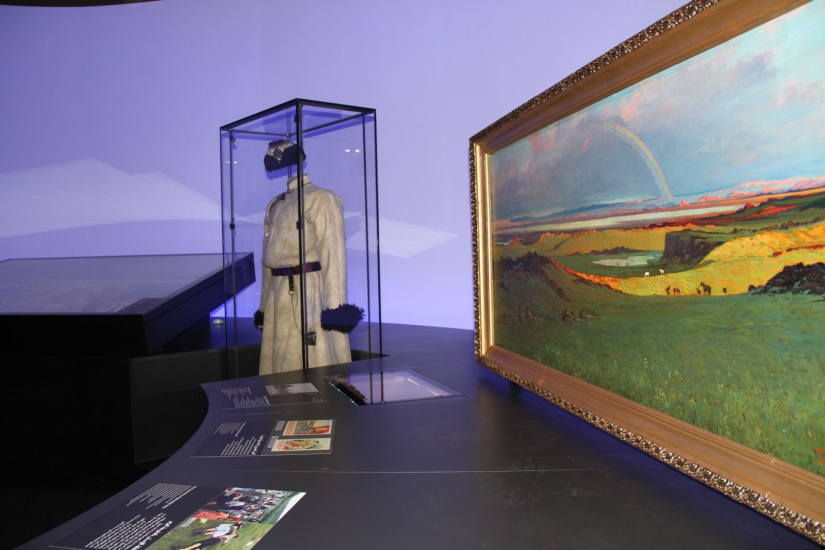
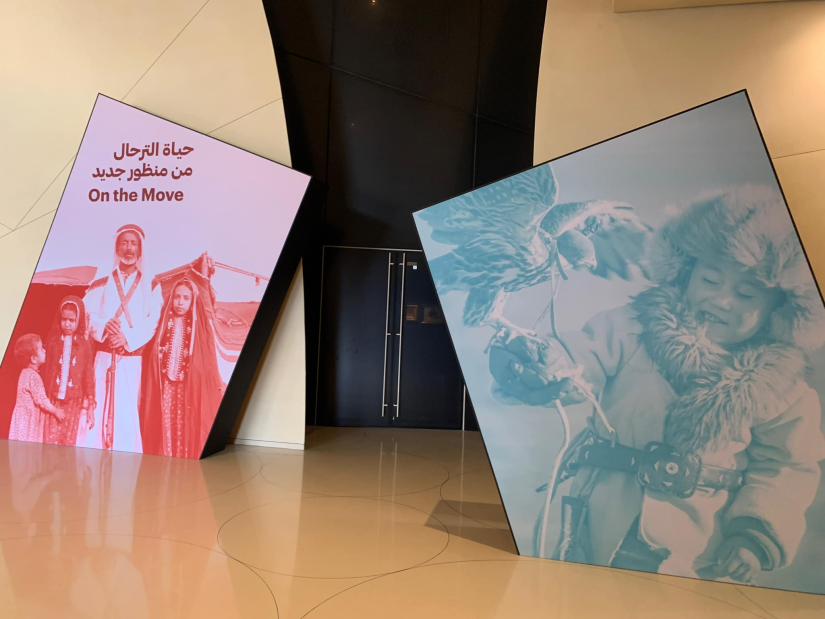

 Ulaanbaatar
Ulaanbaatar

















